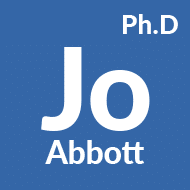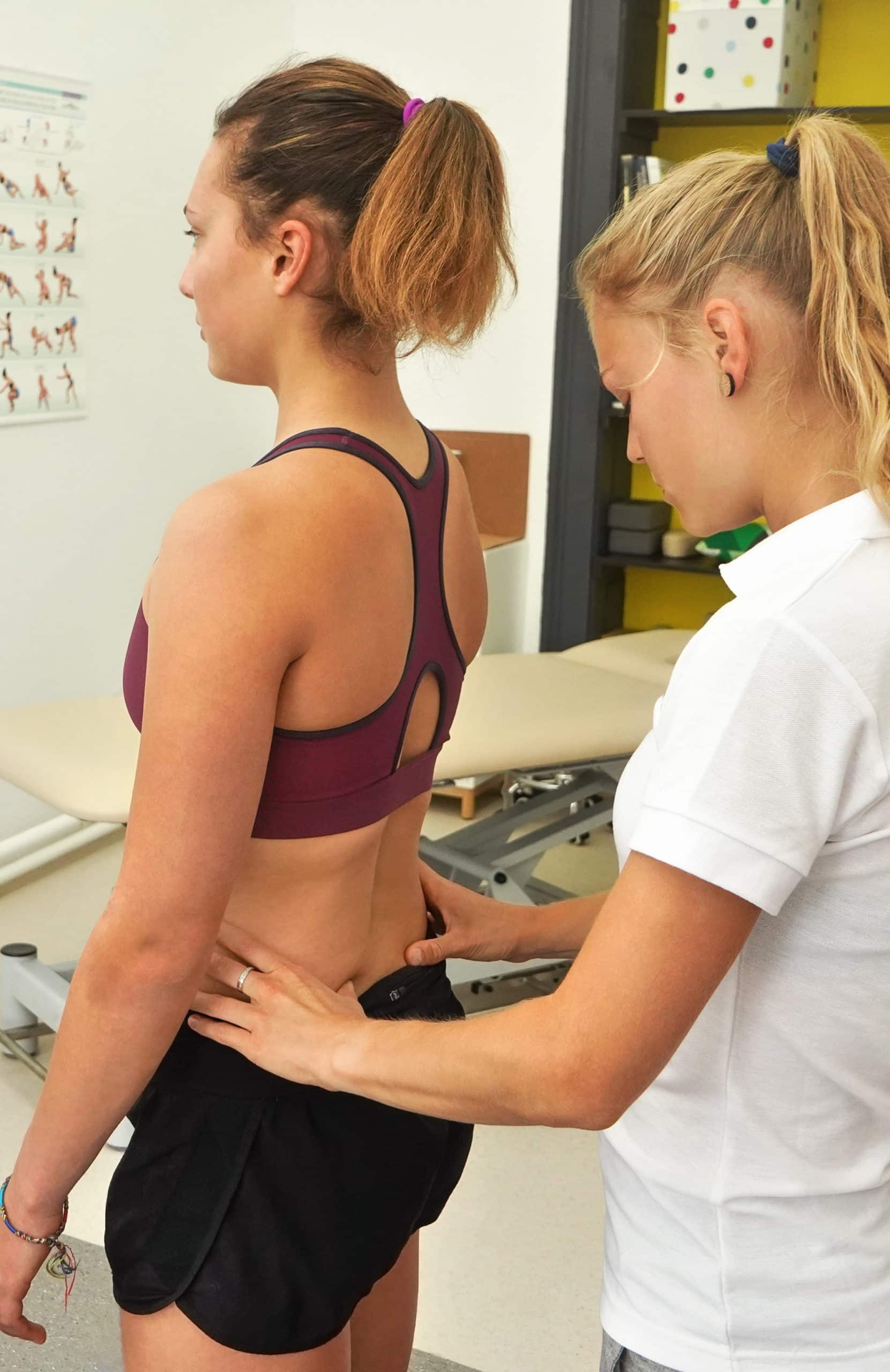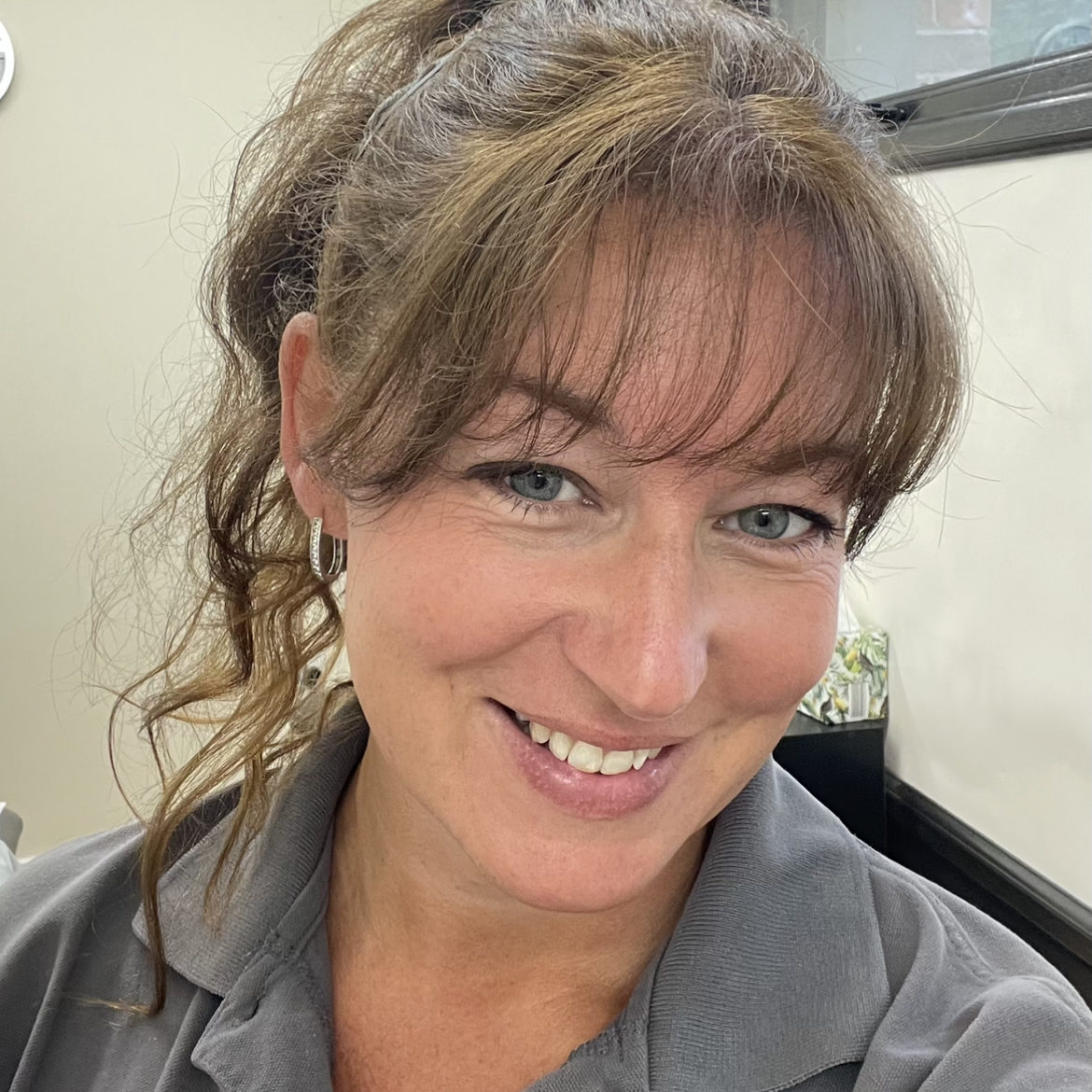Touch
Is our oldest most primitive and pervasive sense and plays an integral role in biological, cognitive, and social development. Touch is the first sense to develop and respond to stimuli in the womb, and the last one we lose before death.
When the hands are fully developed the fingertips contain an estimated at 25,000 nerve receptors per square cm. Established in ancient history, physically touching a person with the aim to comfort, heal, or soothe physical or emotional pain is common to all civilisations for 30,000 years.
Active Touch
During active touch, sensory receptors and sensory organs are components of the nervous system that allow us to participate and respond to the world around us, whilst keeping us informed of changes in our external environment (somatic), and any fluctuations in our internal environment (autonomic).
The sensory nerves (afferent) serve as communication lines, transmitting messages to the brain and spinal cord, the main control centres of the body.
The brain interprets and evaluates the messages, transmitting the outcome decisions through the motor nerves (efferent) to the appropriate muscles or glands which carry out the appropriate response.
Therefore, when a person actively touches an object, information is provided about the object.
There are two distinct mechanisms to active touch perception: hands-on data acquisition, and analysis (HODA-A). It is important not to separate the two levels required for touch perception because one does not happen without the other.








